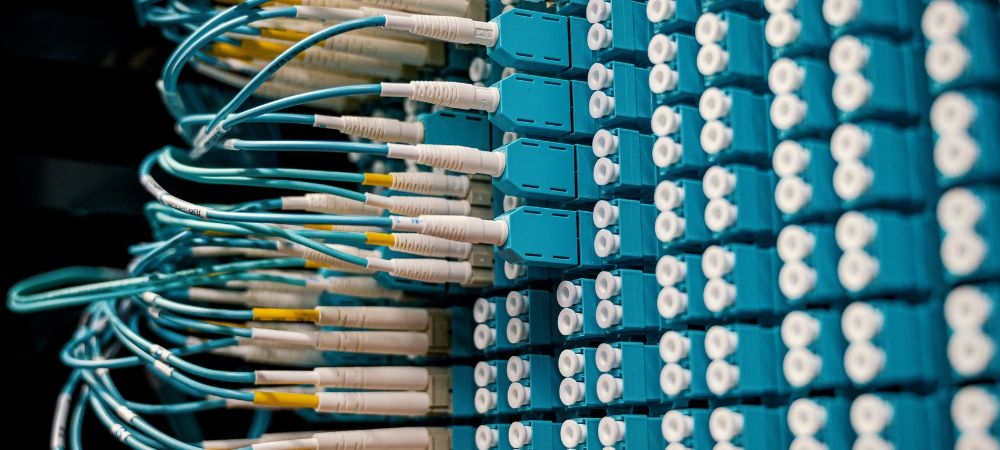

In today's digital age, the importance of security features in modern operating systems can't be overstated. It's not just about keeping our data safe; it's about ensuring that our entire digital lives are protected from malicious attacks. Without proper security measures, hackers can easily gain access to sensitive information, causing significant harm.
First off, let's talk about how essential it is for an operating system to have robust security features. For additional information click that. You'd be surprised at how many threats are lurking out there-viruses, malware, and phishing scams are just a few examples. If an operating system doesn't have built-in defenses against these threats, users would constantly find themselves vulnerable to cyber attacks.
Operating systems today incorporate a range of security measures like firewalls, encryption protocols, and regular updates to combat these risks. But hey, it's not all perfect. Sometimes updates are delayed or overlooked by users- leading to vulnerabilities that can be exploited by attackers. That's why automatic updates have become so crucial; they ensure that even the most forgetful among us stay protected.
Firewalls act as barriers between your device and potential intruders on the internet. They monitor incoming and outgoing traffic based on predetermined security rules and help block unauthorized access. Oh boy! It'd be quite easy for someone to hack into your computer without one of these bad boys standing guard.
Encryption is another critical feature that's gaining more attention nowadays. When data is encrypted, it's transformed into a code that only authorized parties can read or decrypt. So even if someone does manage to intercept your data, they won't understand a thing unless they've got the decryption key! Just imagine sending sensitive emails or making online transactions without any form of encryption-scary thought!
User authentication methods such as passwords, biometric scans (like fingerprint or facial recognition), and two-factor authentication also add extra layers of protection. These methods ensure that only authorized users can access certain parts of the system or specific data files. While no method is foolproof-it's better than having no barriers at all.
One might think that with all these advanced features we're invincible-but alas-we're still human after all! Simple mistakes like using weak passwords or falling for phishing scams can still breach even the most secure systems.
In conclusion: Security features in modern operating systems play an indispensable role in safeguarding our digital landscape from various threats out there. They're not 100% foolproof but hey-they're pretty darn close! As technology advances so do the tactics used by cybercriminals which makes continuous improvement in OS security absolutely vital.
So next time you get prompted for an update or asked to enable some new-fangled security feature-don't ignore it! After all-the safety of your digital world depends on it!
Oh boy, where do we start with common threats and vulnerabilities in operating systems? It's a topic that's both fascinating and a bit terrifying. You wouldn't think about it, but the OS running your computer or smartphone is like a fortress with many gates-some more secure than others.
First off, let's chat about malware. This nasty stuff comes in all shapes and sizes: viruses, worms, Trojan horses-you name it. Malware's sneaky; it can get into your system through an innocent-looking email attachment or a sketchy website you accidentally clicked on. And once it's in there, oh man, it can wreak havoc! It might steal your personal info or even use your machine as part of a botnet for nefarious purposes. Yikes!
Now, not to sound too paranoid, but don't trust everyone with admin rights on your system either. Insider threats are real! Sometimes the danger isn't from some faceless hacker across the globe but from someone right inside the organization who has administrative access and decides to misuse it. Or maybe they're just careless-either way, it's bad news.
Another biggie is outdated software. I can't stress this enough: keep your OS updated! Those updates aren't just annoying pop-ups-they're often patches for security holes that could be exploited by attackers. An unpatched system is basically rolling out the red carpet for cybercriminals.
And speaking of holes... ever heard of zero-day vulnerabilities? These are flaws that neither the users nor the developers know exist until they get exploited by attackers. Just imagine you're living in a house and suddenly you discover there's been an invisible door all along that burglars have known about forever-that's what we're talking about here.
Let's not forget weak passwords either-oh gosh! If you're using “123456” or “password,” please change it now! Weak passwords are like leaving your front door wide open with a welcome sign for hackers.
Phishing attacks also deserve mention here; they're almost too common these days. A cleverly disguised email tricks you into giving away sensitive information like login credentials or credit card numbers-sometimes even without realizing you've done so until it's too late!
Inadequate encryption practices can also pose serious risks-not encrypting data properly leaves it vulnerable to interception and unauthorized access during transmission.
Then there's physical security; don't leave your devices unattended in public places-it's easy pickings for thieves who could then gain access to sensitive data stored on those devices.
So yeah, operating systems have lots of doors and windows-and if any one of them isn't secured properly, well...you get my point! We mustn't overlook these vulnerabilities because they're gateways for potential threats that could compromise our data integrity and privacy significantly.
In conclusion (and I promise I'm wrapping up), securing an operating system involves vigilance against multiple types of threats-from malware to insider risks to outdated software issues-all while ensuring robust password policies and proper encryption methods are in place.
Alright, so let's dive into the topic of "What is an Operating System and How Does It Work?" and see how we can integrate artificial intelligence into it.. First off, an operating system (OS) is kinda like the backbone of your computer.
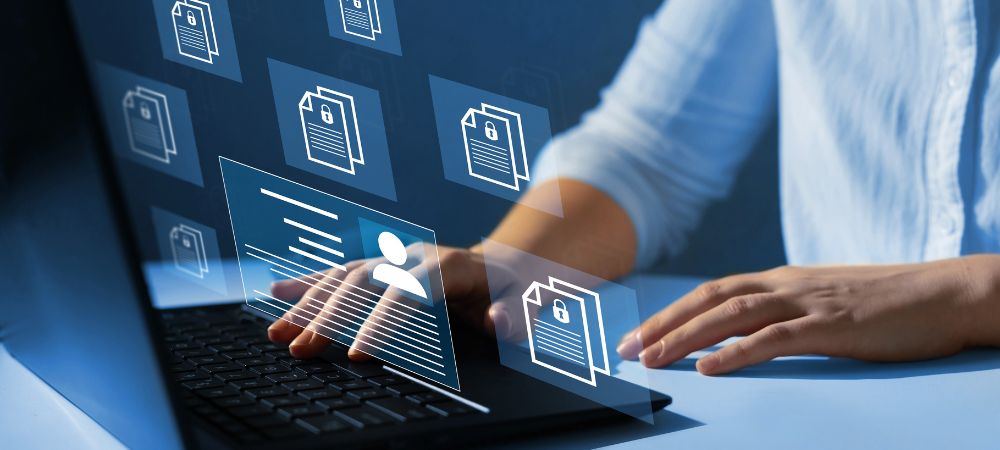
Posted by on 2024-07-07
Inter-process communication, or IPC, plays a crucial role in any operating system's kernel.. The kernel is the core component of an OS that manages and facilitates interactions between hardware and software.
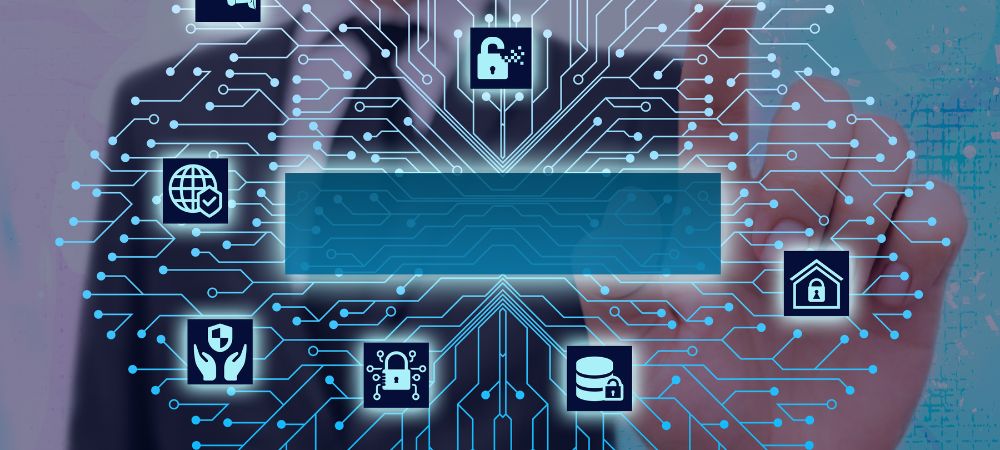
Posted by on 2024-07-07
Virtual memory, in modern operating systems, is a fascinating concept that plays a crucial role in how computers manage and allocate memory.. At its core, virtual memory allows an application to believe it has contiguous and limitless memory at its disposal, while in reality, the physical memory (RAM) might be much smaller.
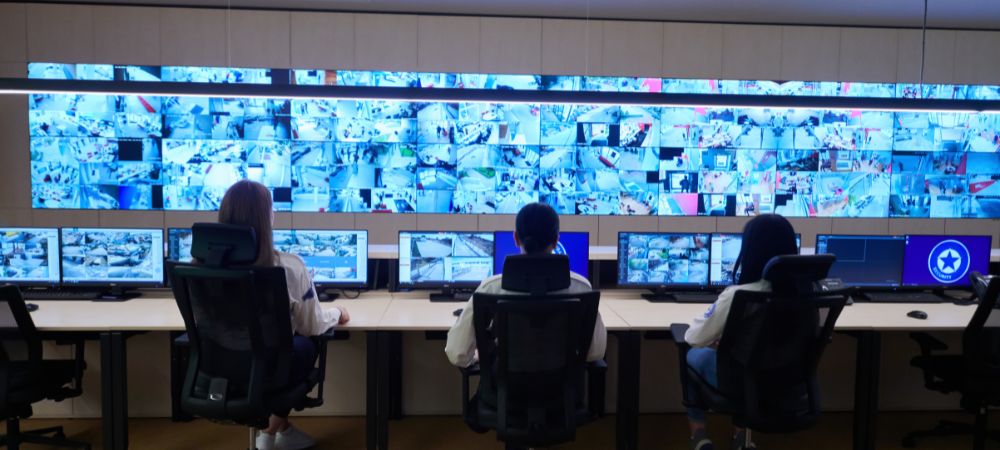
Posted by on 2024-07-07
Switching to a new operating system can be both exciting and daunting.. It's not something you wanna rush into without a bit of planning, trust me.
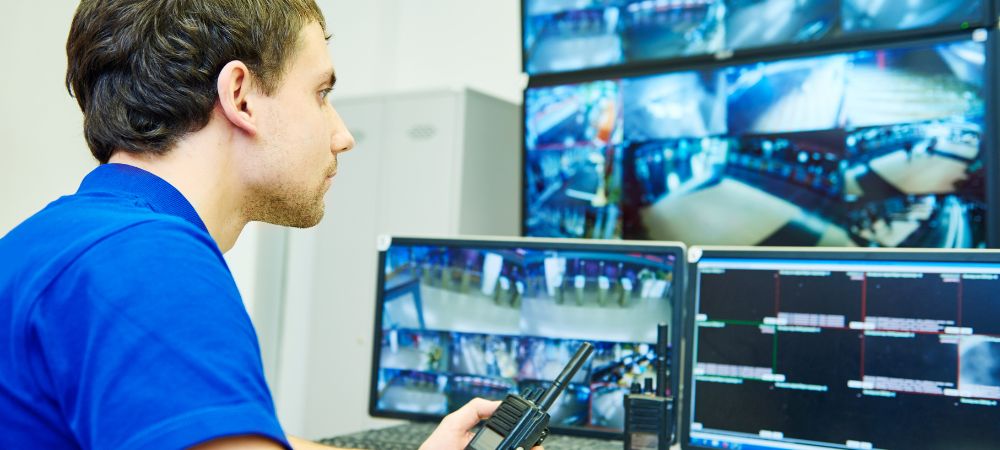
Posted by on 2024-07-07
User Authentication and Access Control Mechanisms are crucial for ensuring security and protection in any digital environment. They're like the bouncers at a club, making sure only the right people get in. But these aren't just any bouncers; they're quite sophisticated, employing a variety of techniques to verify identities and control access.
First off, let's talk about user authentication. It's basically confirming that someone is who they say they are. You wouldn't want just anyone accessing your personal information or company data, would you? Common methods include passwords, biometrics (like fingerprints or facial recognition), and two-factor authentication (2FA). Passwords have been around forever, but oh boy, do they come with their own set of problems! People often choose weak passwords or reuse them across multiple sites. That's not really secure at all.
Biometrics offer an extra layer of security because it's pretty hard to fake someone's fingerprint or face-unless you're in some action movie where spies use ultra-tech gadgets. But even biometrics ain't foolproof; hackers can sometimes find ways to trick these systems too. Two-factor authentication adds another step by requiring something you know (like a password) and something you have (like a smartphone). It's more secure but also more cumbersome.
However, no system is perfect. There's always room for error or exploitation somewhere down the line. Hackers are constantly evolving their tactics to bypass whatever new security measures we put in place. So while user authentication mechanisms can significantly reduce risk, they can't eliminate it entirely.
Now, onto access control mechanisms! Once you've authenticated a user, you need to make sure they only get access to what they're supposed to see or use. This is where things get really interesting-and complicated! Role-Based Access Control (RBAC) is one common method where users are assigned roles like "admin" or "user," each with their own set of permissions.
Then there's Discretionary Access Control (DAC), which gives resource owners the flexibility to decide who gets what kind of access-a bit like lending books from your personal library selectively based on trustworthiness rather than predefined rules.
Last but not least is Mandatory Access Control (MAC), usually used in highly sensitive environments like government agencies. In MAC systems, policies dictate who can access what based on classifications such as "Top Secret" or "Confidential." It leaves little room for human discretion but ensures strict adherence to policy.
Oh man! With all these layers of complexity and different approaches, it's clear why Security and Protection isn't just plug-and-play stuff. One size does NOT fit all here; organizations need tailored solutions depending on their specific needs and threats they face.
In conclusion-I mean seriously-it's evident that User Authentication and Access Control Mechanisms form the backbone of digital security frameworks today. They provide essential barriers against unauthorized access but aren't infallible by any stretch of imagination. As technology advances so do the threats against it; hence continuous improvement in these mechanisms remains imperative if we're gonna keep our data safe from prying eyes!
So yeah-even though we've got lots of tools at our disposal-the battle for securing our digital lives is far from over!
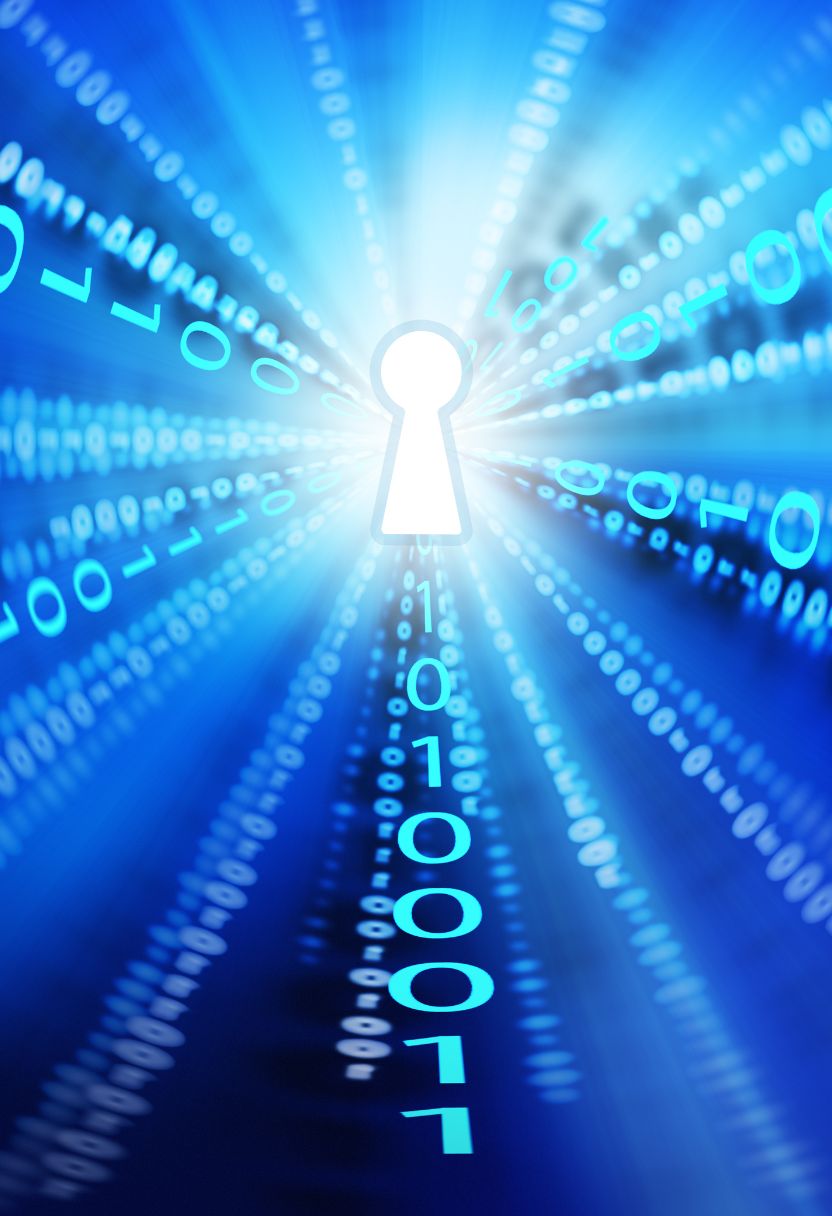

Data Encryption and Secure Communication Protocols are, without a doubt, crucial elements in the realm of Security and Protection. In our digital age, where everything's interconnected through the internet, ensuring that data remains confidential and protected from prying eyes has never been more important.
First off, let's talk about Data Encryption. It's like putting your information into a vault. When you send some data over the internet or store it on a device, encryption transforms it into an unreadable format using complex algorithms. Only someone with the right key can decrypt this data back to its original form. Without encryption, anyone could easily intercept and read sensitive information - now that's something none of us would want!
However, it's not just about scrambling data; there's more to it than meets the eye. The strength of encryption depends on factors such as key length and algorithm complexity. For instance, AES (Advanced Encryption Standard) is widely used because it's both secure and efficient. But hey, even the best systems have their limitations if keys are poorly managed or algorithms aren't updated regularly.
Secure Communication Protocols play an equally vital role alongside encryption. These protocols ensure that data transferred between devices remains confidential and intact during transit. Think of them as traffic rules for your data - they guide how bits of information travel from one point to another safely.
One well-known protocol is HTTPS (HyperText Transfer Protocol Secure). It's what makes those little padlocks appear next to web URLs in your browser's address bar - indicating a secure connection between you and the website you're visiting. HTTPS combines HTTP with SSL/TLS (Secure Sockets Layer/Transport Layer Security) protocols which encrypt requests and responses passing through servers.
Oh! And don't forget about VPNs (Virtual Private Networks). They create encrypted tunnels for your online activity making sure no one can snoop around on public Wi-Fi networks – invaluable when working remotely or traveling.
But alas! Not everything's foolproof in cybersecurity land... While these tools provide robust protection mechanisms against many threats out there today; new vulnerabilities keep emerging all time due rapidly evolving technology landscape hackers' ingenuity alike!
In conclusion: Data Encryption & Secure Communication Protocols aren't silver bullets but they're indispensable parts any comprehensive security strategy nonetheless! We must understand their significance use them wisely protect sensitive info stay ahead ever-changing cyber threatscape… after all better safe sorry right?
System Updates and Patch Management Strategies are vital to maintaining security and protection in any digital environment. Gosh, it's kinda shocking how many folks out there don't realize just how crucial this stuff is! So, let's dive into why these strategies matter and what you can do to implement them effectively.
First off, system updates ain't just some annoying pop-ups that disrupt your work. Nope, they actually play a significant role in securing your systems. When software developers find vulnerabilities or bugs in their products, they release updates (or patches) to fix these issues. If you don't apply these updates, you're basically leaving the door wide open for hackers. They love exploiting outdated software because it's like taking candy from a baby-super easy!
Now, let's talk about patch management strategies. It might sound fancy and all, but it's really about having a plan to ensure that those critical updates are applied as soon as possible. A good patch management strategy includes several steps: identifying patches that need applying, testing them (you wouldn't want your whole system crashing after an update!), deploying them across your organization, and then verifying they've been installed correctly.
One common mistake people make is thinking they can skip the testing phase. Oh boy, that's a recipe for disaster! Imagine rolling out an update across hundreds of devices only to find it conflicts with existing software-that's gonna be a nightmare to fix!
Another thing people often neglect is keeping track of which patches have been applied where. Without proper documentation and monitoring tools, you could easily miss out on critical updates or apply the same patch multiple times (waste of time much?). It's essential to keep things organized so you know exactly what's happening within your network.
Believe it or not but one more aspect often overlooked is user training. Even if you've got the best patch management strategy in place, it won't matter much if users ignore update notifications or disable automatic updates on their devices. Training employees about the importance of these updates can go a long way in ensuring compliance.
In conclusion-as much as we'd love our systems to be perfect right off the bat-they're not; they're full of potential threats waiting for attention through timely system updates and well-thought-out patch management strategies make sure we're always one step ahead of cybercriminals looking exploit weaknesses left unchecked.
So next time you see that pesky little update notification? Don't ignore it-it could very well save your bacon!
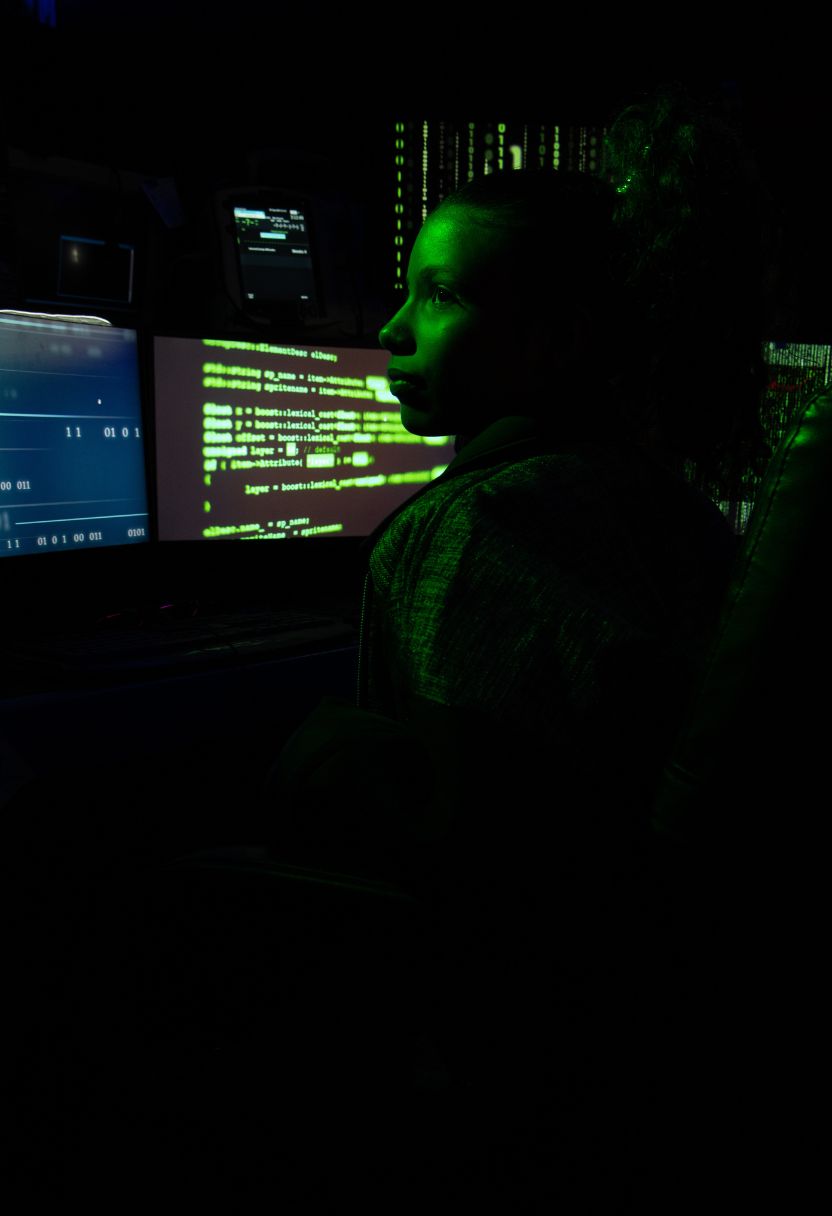

Firewalls and Intrusion Detection Systems (IDS) play a vital role in the realm of Security and Protection, but they're often misunderstood. Many people think that these two technologies are basically the same thing, but they aren't. Oh no, they're quite different, yet complementary.
First off, let's talk about firewalls. A firewall is like a gatekeeper for your network; it decides what comes in and what goes out. Imagine you're throwing a party at your house – you wouldn't let just anyone stroll in off the street, right? You'd probably have someone at the door checking invitations or IDs to make sure only invited guests get inside. That's exactly what a firewall does for your network. It uses predefined security rules to allow or block traffic based on criteria such as IP addresses, domain names, protocols, and ports.
Now don't be mistaken-firewalls ain't foolproof! They're good at keeping unwanted traffic out but not so great at identifying malicious activity that's already inside your network. This is where Intrusion Detection Systems (IDS) come into play.
An IDS acts like a security camera with motion detection installed inside your house during that same party we mentioned earlier. It keeps an eye on everything happening within the network and alerts you if something suspicious occurs. There are two main types of IDS: Network-based IDS (NIDS), which monitors entire networks for unusual patterns or known attack signatures, and Host-based IDS (HIDS), which keeps watch over individual devices or servers.
While firewalls actively block bad traffic based on set rules, an IDS doesn't directly block anything-it just informs you when something's up so you can take action yourself. Think of it this way: The firewall's job is to prevent burglars from getting into your house in the first place, while the IDS would alert you if one somehow managed to sneak past.
Together, firewalls and IDS create a more robust line of defense for any organization's digital infrastructure. But ya know what? Even combining them doesn't guarantee 100% protection against cyber threats! Hackers are always finding new ways to bypass security measures-it's like an endless game of cat-and-mouse.
So why bother using both? Well, having multiple layers of security increases your chances of catching those sneaky intruders before they do too much damage. It's better than relying on just one type of technology alone!
In conclusion-while neither firewalls nor Intrusion Detection Systems are perfect solutions by themselves-they work best when used together as part of a comprehensive cybersecurity strategy aimed at protecting valuable data from ever-evolving threats! Just remember: No system is entirely foolproof-but every little bit helps keep our digital world safer.
Maintaining a secure operating environment ain't just about installing some fancy software or setting up firewalls. It's, in fact, a continuous effort that requires a combination of common sense, diligence, and proper practices. There's no silver bullet for security; instead, it's more like building a fortress brick by brick. Here are some best practices to keep your operating environment as secure as possible.
First off, let's talk passwords. You wouldn't leave your house unlocked, right? So why would you use 'password123' for your system? Avoid using simple passwords that anyone could guess. Use complex combinations of letters, numbers, and special characters. And hey! Don't forget to change them regularly.
Now onto updates – yeah, those annoying pop-ups reminding you about software updates are actually pretty important. Keeping all software up-to-date ensures you're protected against the latest threats. It might seem like a hassle but trust me; it's worth the time.
Next up: user permissions. Not everyone needs access to everything! By limiting user permissions based on roles and responsibilities, you're reducing the risk of accidental or intentional damage to your systems. If someone doesn't need admin rights – don't give it to them.
Let's not overlook backups – oh boy! They can be lifesavers when things go south. Regularly backing up data ensures that even if something does go wrong (and believe me, it will at some point), you won't lose everything.
And then there's encryption – don't underestimate its power! Encrypting sensitive data both in transit and at rest adds an additional layer of protection that's hard to breach without the right keys.
Phishing attacks are another biggie – they're getting more sophisticated by the day! Educate yourself and your team on how to recognize suspicious emails or links that might be trying to steal information or install malware.
Physical security matters too; securing the hardware is just as crucial as protecting digital assets. Lock down servers and networking equipment in secure areas where unauthorized personnel can't get their hands on them.
Monitoring is yet another important aspect - keep an eye on what's happening within your network through regular audits and monitoring tools which can help detect any unusual activity early before things get outta hand.
Lastly but certainly not least: have an incident response plan ready! Knowing what steps to take immediately following a breach helps mitigate damage quickly while preventing panic from spreading among staff members during such crises.
So there ya have it – maintaining a secure operating environment involves multiple layers working together seamlessly rather than relying solely on one method alone.. Stay vigilant because cyberthreats aren't going away anytime soon!